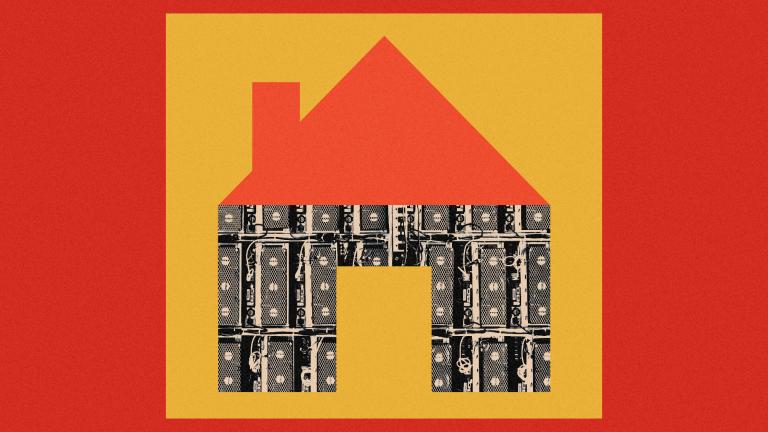David Roberts has argued for waiting until 2009 to pass a climate bill. Environmental Defense is pushing hard for a bill this year, and I appreciate his invitation to explain why.
We agree that the political landscape in 2009 will be much like today’s as far as climate change legislation goes: we’ll have the same interest groups, a similar Senate line-up, and a crowded national agenda that threatens to divert politicians’ attention. David outlined these challenges nicely a couple weeks ago, and we see things pretty much the same way.
So where do we part ways? The bill in play right now, the Climate Security Act, isn’t perfect. Many think that if we wait until after the election, we can do better.
Or maybe not. We’ve been here before.
First, let’s look at an issue where the perfect bill never came along and the country missed a chance at a pretty good one: healthcare.
This goes back beyond the debate in the 1990s. According to the Journal of the American Medical Association (PDF), the U.S. has tried five times to institute national health insurance. The first attempt was in 1915, but the AMA opposed it. It came up again in 1945 under President Truman, and again the AMA opposed it. In 1965 we got Medicare and Medicaid under President Johnson, but it was never expanded to cover all Americans. We almost got national health care in the 1970s, but for Congressional delays and distractions (like Watergate). We again came close in the 1990s, but it was defeated by opposition campaigns.
Now Clinton, Obama, and Edwards are again proposing national healthcare plans. What did we gain from these nearly 100 years of fighting? Imagine how much farther along we’d be now if we’d adopted Nixon’s plan in the 1970s and worked over the years to improve it.
Some people say, though, that once a bill becomes law, it’s too hard to change it, so we’re stuck with it. But it doesn’t have to be that way, and the Clean Air Act illustrates how a law can get stronger once it’s passed.
The Clean Air Act became law in 1967, then was revised and strengthened over decades. In 1970, Congress added criteria pollutants and started the phase-out of leaded gasoline. In 1977, a new form of review was added to strengthen regulation of pollution from older facilities. In 1990, the Act was amended again to deal with acid rain.
The Clean Air Act wasn’t perfect in 1967. But think of the tons and tons of lead and sulfur dioxide that would have been pumped into our air over those decades if we had waited for the perfect political climate so we could pass the perfect bill.
Legislation isn’t static — it’s an evolving political product that can be strengthened (Clean Air Act), weakened (Endangered Species Act), reauthorized (Farm Bill), or allowed to expire (Assault Weapons Bill). The important thing is to start with a strong — if less than perfect — bill, set benchmarks, prove we can make progress, and make it stronger.
I hope to be back in the coming days to look more closely at the price of waiting: we have to start cutting emissions now, or we’ll have to cut a lot more later. The Climate Security Act’s short-term targets give us the start we need.


